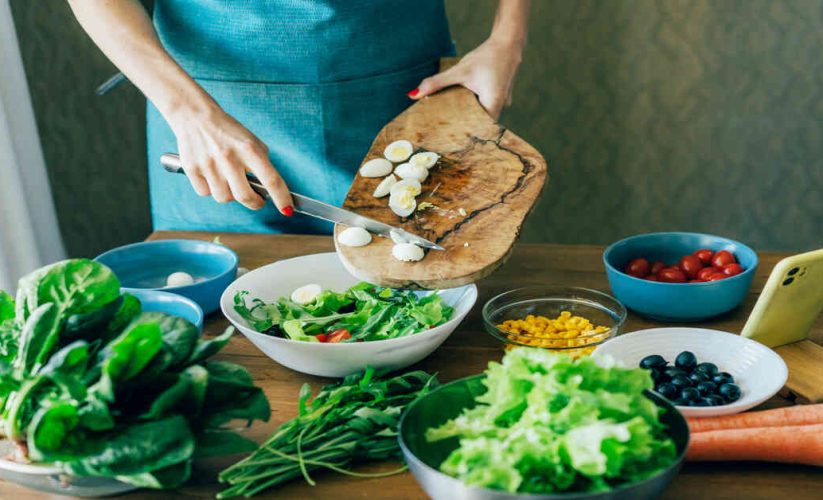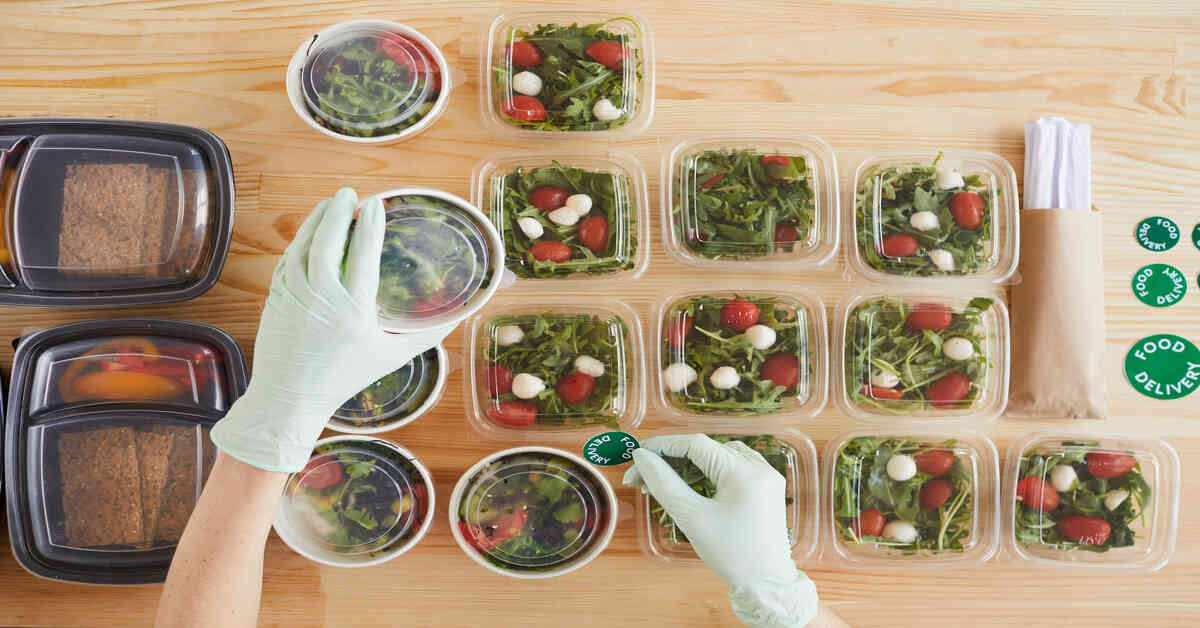
Plant-Based Cooking Simplified: Recipes and Nutrition Explained
Plant-based cooking is no longer a temporary trend but a global phenomenon in favor of more healthy and sustainable food. However, what is the meaning of plant-based? It is merely a matter of ensuring that plants go in the middle of your plate; vegetables, fruits, whole grains, nuts and legumes.
The most pleasing aspect is that it does not require one to be vegan or vegetarian to enjoy it. You can learn how to cook plant-based recipes, and discover the world of flavor, color, and creativity in your kitchen whether you want to better your health, do good, or simply want to have something new.
Understanding the Basics of Plant-Based Eating
In its simplest form, a plant-based diet consists of foods derived primarily and minimally processed foods, which are based on plants. It implies giving priority to such ingredients as:
- Vegetables and fruits.
- Whole grains e.g. brown rice, oats and quinoa.
- Legumes: Beans, chickpeas and lentils.
- Healthy fats and texture: nuts and seeds.
It is not that you must never put animal food in your diet, it is just that the focus of your meals should be plants, not an additional item.
Why Choose Plant-Based Recipes?
There are many reasons people are embracing plant-based cooking:
- Better Health: A diet rich in plants provides essential vitamins, fiber, and antioxidants that support heart health and digestion.
- Environmental Benefits: Growing plants uses fewer natural resources than raising animals, making it a more sustainable choice.
- Culinary Variety: With so many plant foods available, your meals can become more colorful and creative.
You don’t need to overhaul your diet overnight, even one or two plant-based meals a week can make a big difference.
Essential Ingredients for Plant-Based Cooking
Stocking your pantry is the first step to success. Here are some staples to keep on hand:
- Legumes: Lentils, black beans, chickpeas, great for soups, stews, and salads.
- Whole Grains: Quinoa, brown rice, bulgur, and barley for satisfying bases.
- Vegetables: Leafy greens, root veggies, and seasonal produce for color and texture.
- Nuts & Seeds: Almonds, walnuts, chia, and flaxseeds add crunch and healthy fats.
- Herbs & Spices: Basil, turmeric, cumin, and paprika add depth and flavor without extra salt.
- Plant-Based Proteins: Tofu, tempeh, and edamame are great protein sources that absorb flavor beautifully.
Having these ingredients ready makes it easier to whip up quick, nutritious meals any day of the week.
Simple Plant-Based Recipes to Try
1. Chickpea Salad Wraps
Mash chickpeas with a little olive oil, lemon juice, diced celery, and a pinch of salt. Wrap in whole-grain tortillas with lettuce and avocado for a quick, protein-packed lunch.
2. Roasted Veggie Quinoa Bowl
Roast sweet potatoes, bell peppers, and broccoli with olive oil and spices. Serve over quinoa and drizzle with tahini dressing. It’s colorful, satisfying, and full of nutrients.
3. Lentil Curry
Simmer red lentils with coconut milk, garlic, ginger, and curry powder for a comforting dinner. Pair with brown rice or naan for a hearty, plant-based meal.
4. Green Smoothie Bowl
Blend spinach, banana, and plant-based milk, then top with berries, granola, and chia seeds. It’s an energizing breakfast that feels like dessert.
How to Build Balanced Plant-Based Meals
When creating plant-based recipes, balance is key. You want to make sure you’re getting a good mix of macronutrients, protein, carbohydrates, and healthy fats.
Here’s a simple structure to follow:
- Base: Whole grains or starchy vegetables
- Protein: Beans, lentils, tofu, or tempeh
- Color: A mix of fresh or cooked vegetables
- Flavor: Herbs, spices, sauces, or citrus juice
- Texture: Nuts, seeds, or crispy toppings
Building meals this way ensures you’re satisfied and nourished without feeling restricted.
Tips for Transitioning to Plant-Based Cooking
If you’re new to plant-based eating, the shift can feel intimidating. Here are a few practical tips to make it easier:
- Start Small: Replace one meal at a time, maybe begin with breakfast smoothies or meatless Monday dinners.
- Experiment with Flavors: Try global cuisines like Thai curries, Mediterranean salads, or Mexican bean bowls, they naturally rely on plant ingredients.
- Focus on Whole Foods: Skip processed “fake meats” and aim for real, recognizable ingredients.
- Plan Ahead: Prep veggies, grains, and sauces in advance to make weekday cooking faster.
- Stay Flexible: Don’t stress about perfection, every small change counts.
Consistency is more important than strict rules.
Nutrition Basics: Getting What You Need
One of the most common questions about plant-based eating is whether it provides enough nutrients. The answer: absolutely, with mindful planning.
Here are a few nutrients to pay attention to:
- Protein: Found in lentils, beans, tofu, quinoa, and nuts.
- Iron: Present in spinach, lentils, and pumpkin seeds; pair with vitamin C for better absorption.
- Calcium: Found in fortified plant milks, tofu, and leafy greens.
- Vitamin B12: Often added to plant-based products; supplements can help if needed.
- Omega-3 Fats: Found in flaxseeds, chia seeds, and walnuts.
A varied, colorful diet usually covers everything your body needs to thrive.
Flavor Tips for Plant-Based Cooking
The first is the myth that vegetarian food is not flavorful – which is not the case. Actually, plant cooking can be very tasty by applying the appropriate mixes of herbs, spices and textures.
Try these quick tricks:
- Add depth using smoked paprika or liquid smoke.
- To add some zest, put in some lemon juice or vinegar.
- Add ingredients with high levels of umami such as mushrooms, miso or soy sauce.
- Vegetables are to be roasted or grilled to enhance their natural sweetness.
Such minor details make ordinary dishes delicious.
Conclusion
Most of the plant-based cooking is not limited, it is experimental. As soon as you begin experimentation with plant based recipes, you will be surprised by the number of options that can be used to prepare satisfying, nourishing meals that will nourish your body and satisfy your taste.
It could be a colorful lentil curry, a fresh salad, or a smoothie bowl full of color, and the plant-based diet serves to demonstrate that delicious and healthy food can be very varied and enriching.
You should start small, cook lots and have fun because with each of your plant-powered plates you are feeding yourself and the planet.




